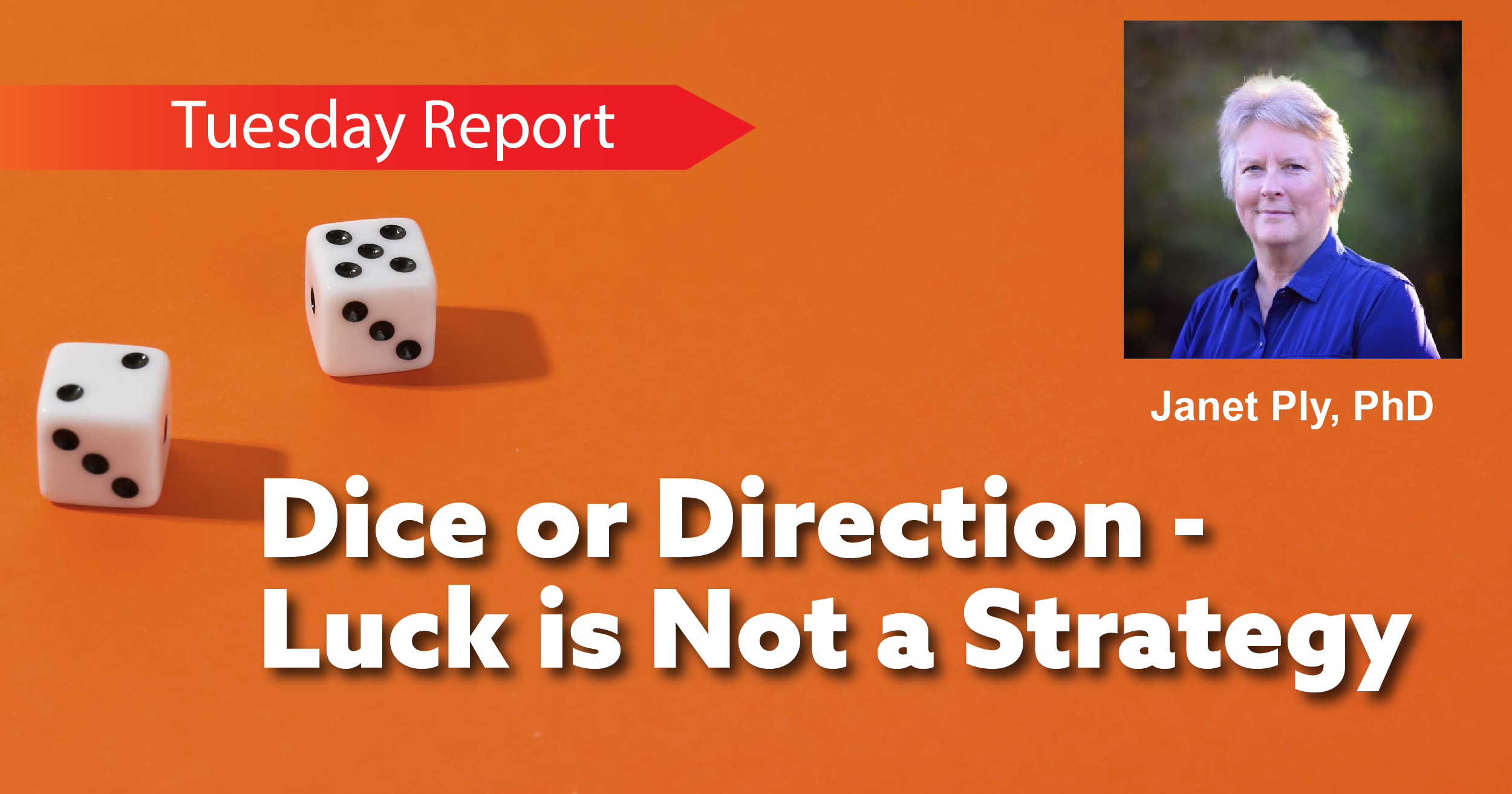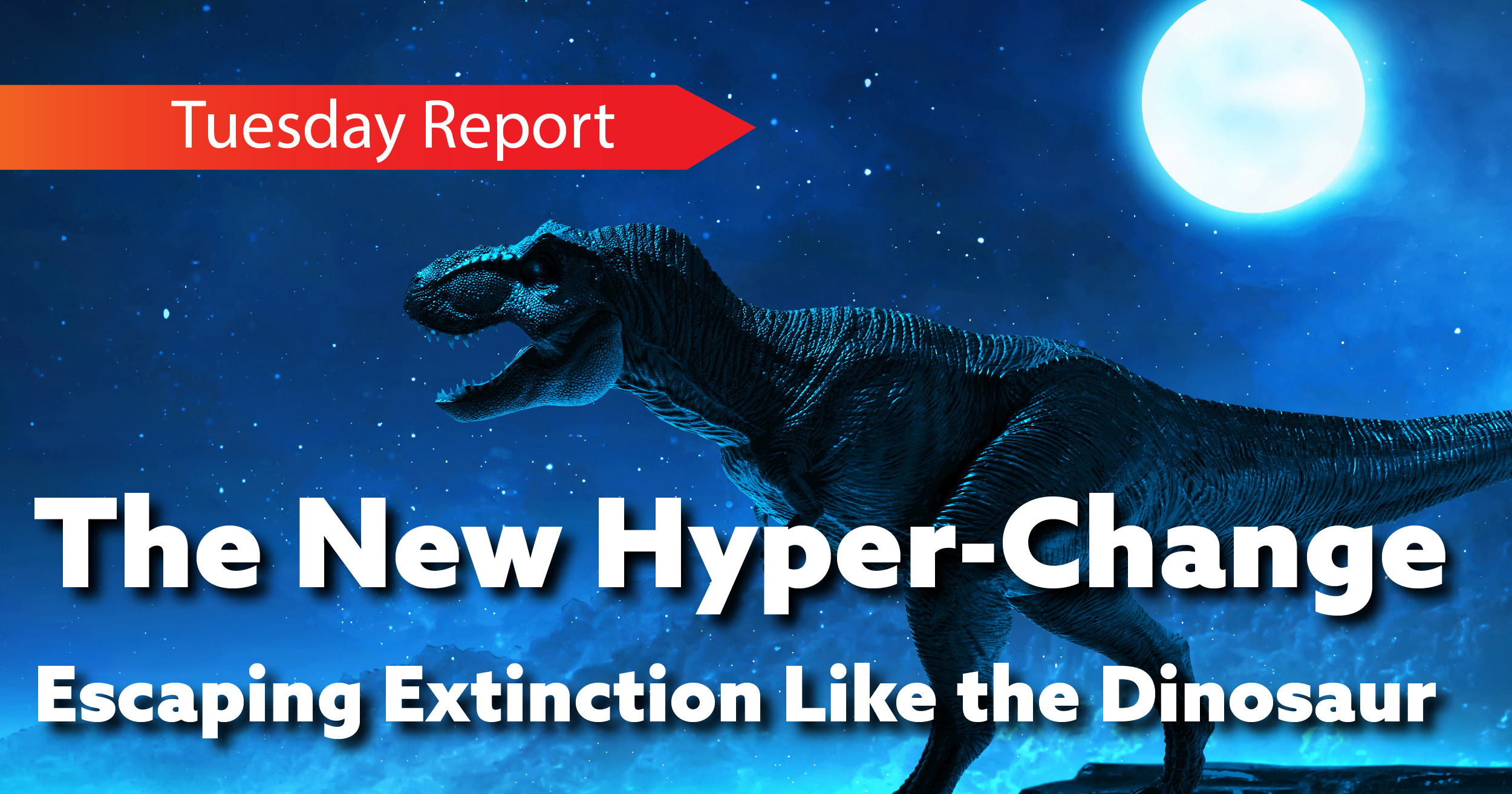Culture is the complex combination of the invisible ways in which people interact and work together as groups. Understanding how your organization’s culture works is key.
Culture is as old as humans. Early man had established pecking orders for the way they gathered food and hunted in groups. When the organization of the tribe broke down, people starved or were conquered. Culture—the way your organization works—is a constant, then and now. .
Delta Associates, our Austin-based organizational consulting company, uses a uniquely effective model that propels organizations forward—from early stage start-ups to mature organizations.
Getting Past the Brick Wall of Culture
Imagine the following. As part of the new management team for an organization, you walk into an organization that must make a huge pivotal changes in order to survive. You may find the organization in the critical situation to develop online sales or new products that the organization has never sold or faster product fulfillment.
As an executive, you know exactly how to achieve these objectives. But as things play out, the changes you want to make, big and small, lead you straight into a brick wall. You begin to doubt yourself, your adequacy, your skills, and you sanity.
And you begin to doubt everyone around you.
The brick wall that keeps everything critical from happening is not you or the people on your team.
It’s the brick wall of an unyielding culture. When you’re looking at the brick wall, we can help.
Here are some of the themes that are a part of great organizational cultures:
- A Great Origin Story: Great organizational cultures lead the organization into connecting with the original energy of how it began. What were the original forces and the people who made it happen? Ford Motor Company has a great origin story in Henry Ford, working in his garage to put America on wheels and creating the 5 dollar a day job so that his employees would be his best customers. Look back at the origin of your organization—what were the issues your organization solved and the people who made that happen?
- A Common Vision: Not a vision in the prophetic sense. It is the essential ability of a group to see the direction of the organization through a common lens that allows them to solve issues and achieve successes together. There are many ways to build a bridge, but if you don’t have a common set of plans, people are going to drown. People begin with their own vision of “building the bridge,” based on their own experience. There is no other way to develop a common vision without getting into the same space, discussing, and getting a common sense of where we’re going and how we’ll get there.Coming to a common vision requires a skilled facilitator. Rarely can someone from inside the organization facilitate the C-suite or key team successfully on this due to their own natural biases and the need for them to fully engage in the discussion. We are very successful in working with the C-suite and the entire organization to craft an organizational vision.
- Values: Once again, not philosophical values. We’re talking about what do people value together within the organization? Once values are probed, it becomes evident that most organizations have conflicting values or only give lip-service to their stated values. If an organization values innovation yet insists on “not rocking the boat,” these two values will conflict and one will cancel out the other. If harmony is premier as a value and it competes with the need for diversity of ideas, most likely the important things will never get said, and new ideas will never bubble up to the surface. Organizations need a skillful way to reconcile competing values and to own their true values.
- Outcome Driven: Every member of the team must understand how we “knock the ball out of the park. Where are the “goal posts?” Where is the “finish line?” Without that knowledge people can work 24/7 on projects and initiatives that won’t get them any closer to accomplishing anything. A CEO once told me, “You can begin here and in five years you’re working 70 hours a week and don’t have any idea how your job relates to the objectives of the company.”
- Practices: At this point, organizations break down. The C-suite has come together to talk about breaking down bureaucracy and creating empowerment, yet built into the software are systems that do not allow processes and procedures to change. In other cases the organization has no system to drive the elements of a new culture. The C-suite did a weekend retreat but the hard work of changing practices was not even charted nor communicated. There again, we help organizations drive change to all parts of the organizations.
- The People: Developing a culture of talented people who have a bias toward successful collaboration is one of the most challenging issues of culture formation. Recruiters choose and present the most talented candidates who have spent their lives competing to advance their careers. Then they are brought into an environment of collaboration and team work. To maintain and develop the culture you want, you need a continuing program of onboarding and bringing employees together.
- The Narrative: The narrative of an organization communicates to everyone in the organizations what is happening to the organization in the present moment and where it’s going. What is the moment in time that the organization is presently experiencing? Is it under fire from competitors taking market share? Leadership must communicate a plan to regain its position. Is this moment in time one of strong expansion? How will the organization scale without jeopardizing its future? If there is no narrative both internally and externally, people will choose their own explanation….and it will usually not be favorable.
- The Place: Culture is identified with place. A great culture is identified with a place where that culture lives. Just as France and England have distinct cultures, when Silicon Valley is mentioned, everyone thinks of high tech. Houston and Cape Canaveral are identified with space. Great organizations become part of the place where they live.
At Delta Associates, we are on a mission to deliver high impact services to help make you successful. Want to find out how Delta Associates can help you build a better culture for your team and organization? Email Carol at ckallendorf@delta-associates.com






